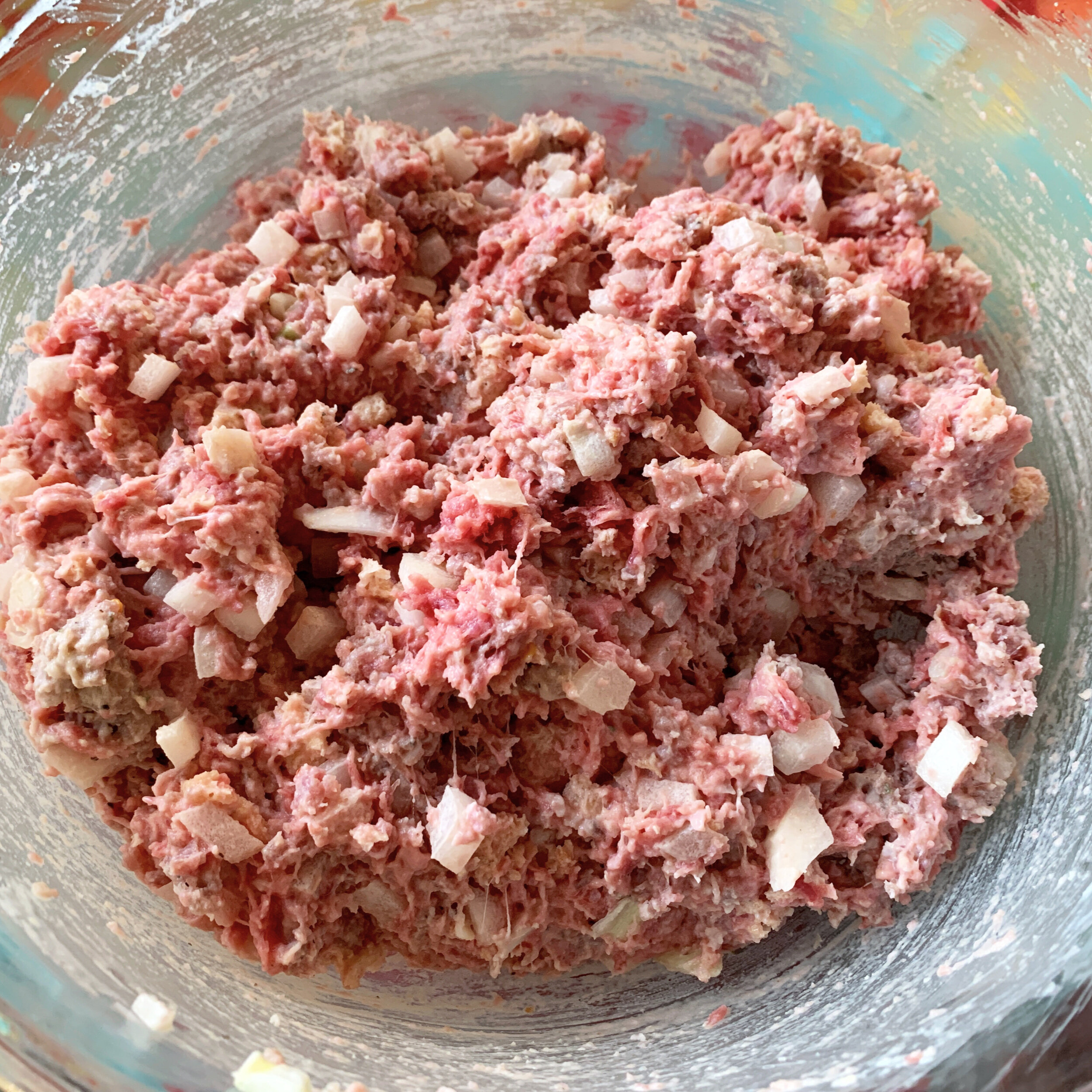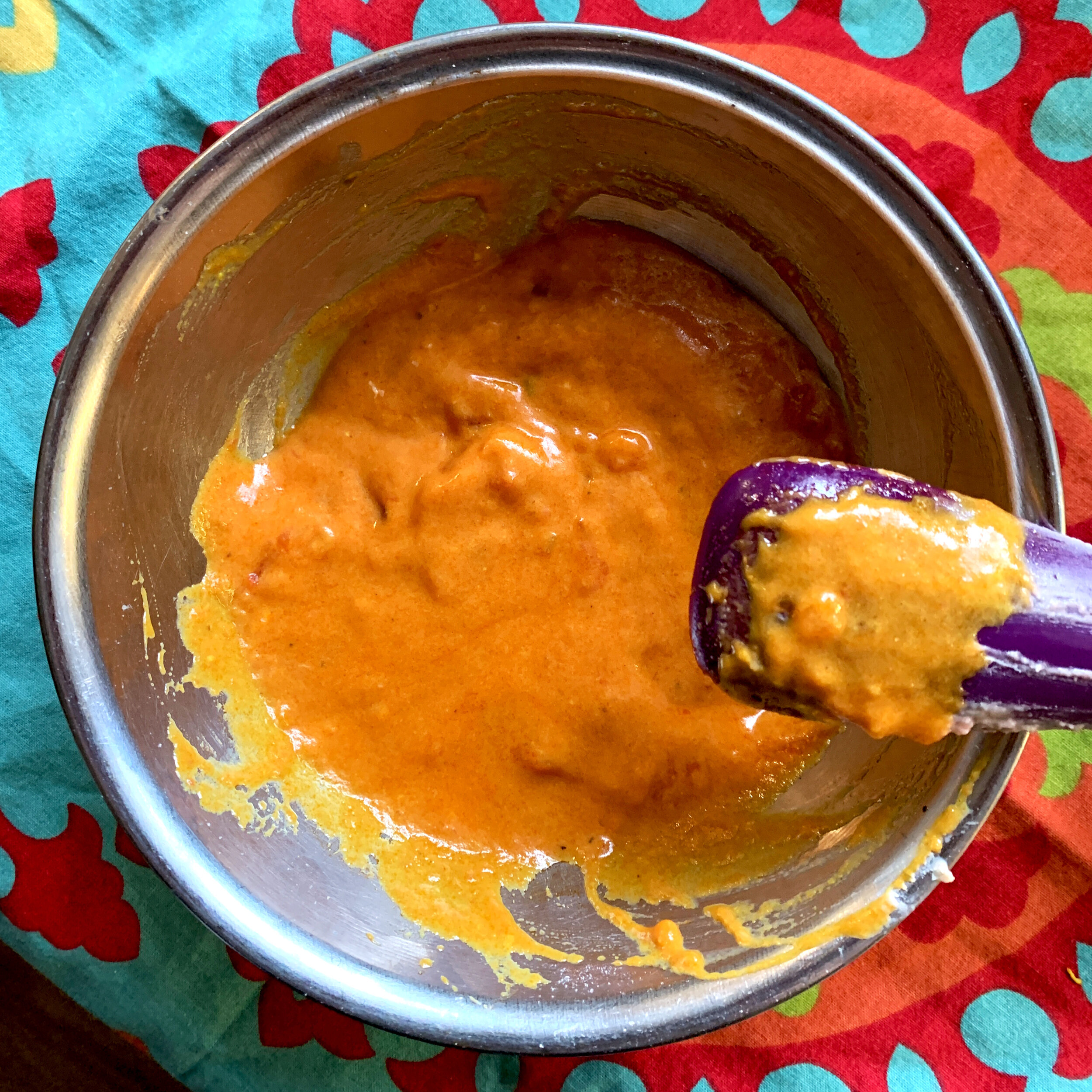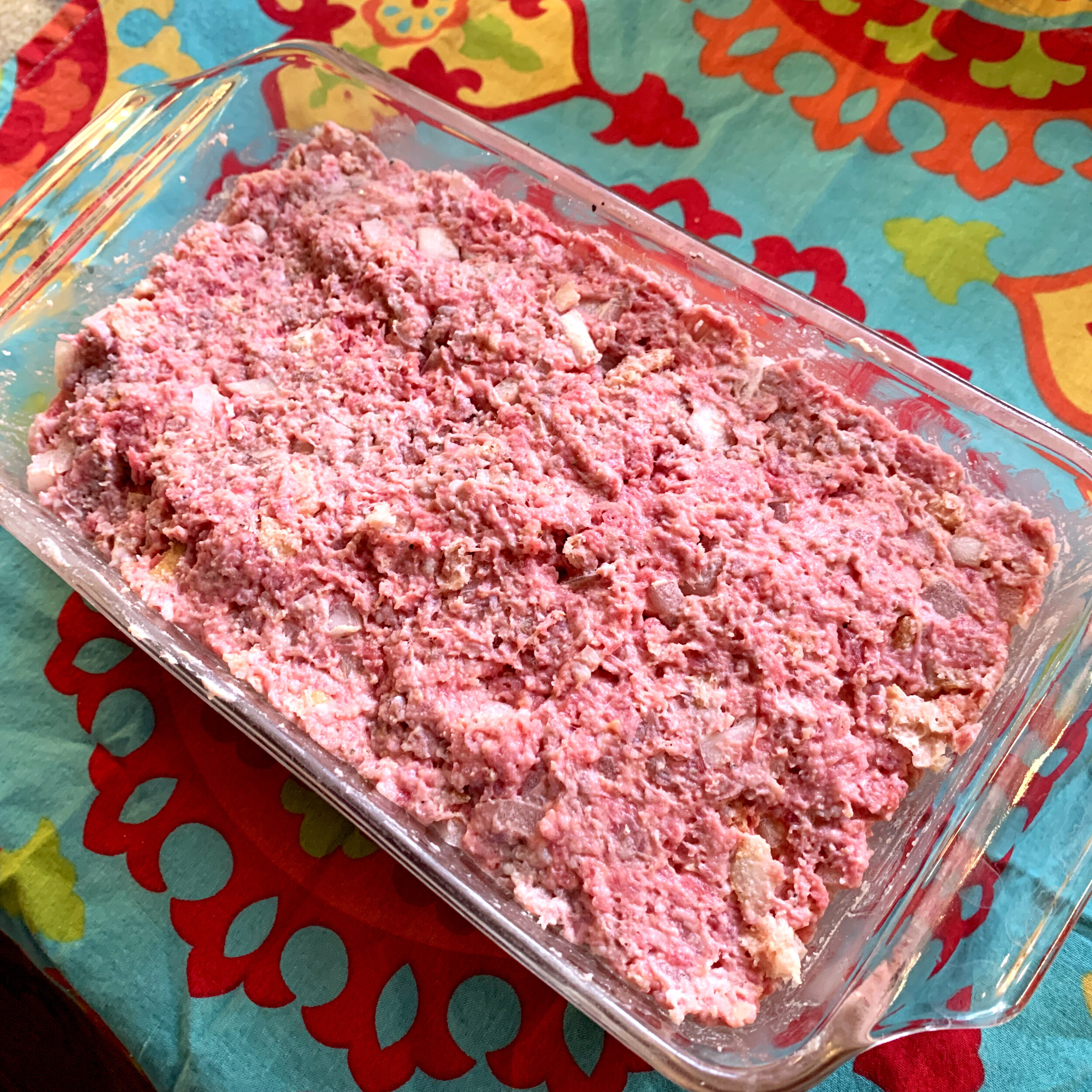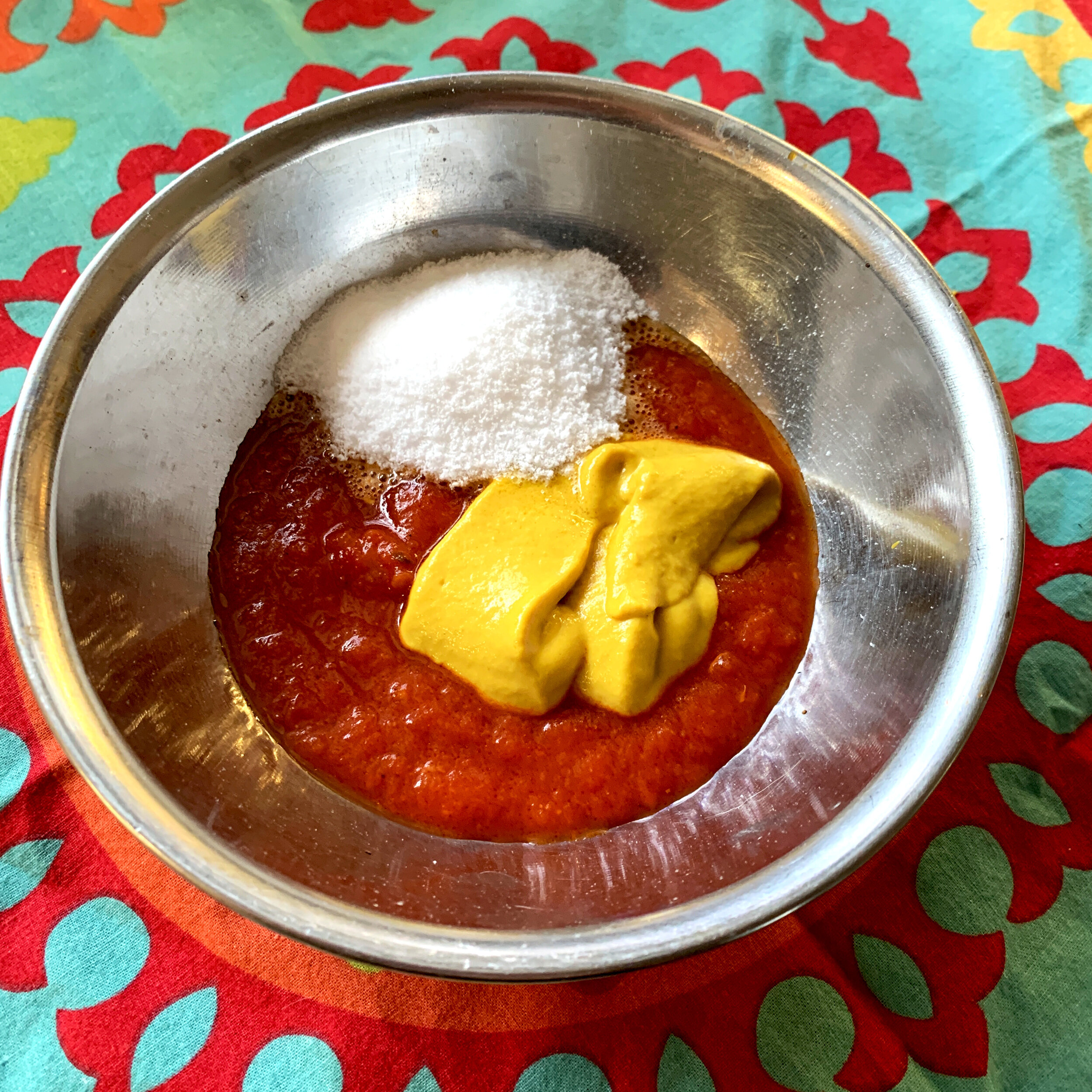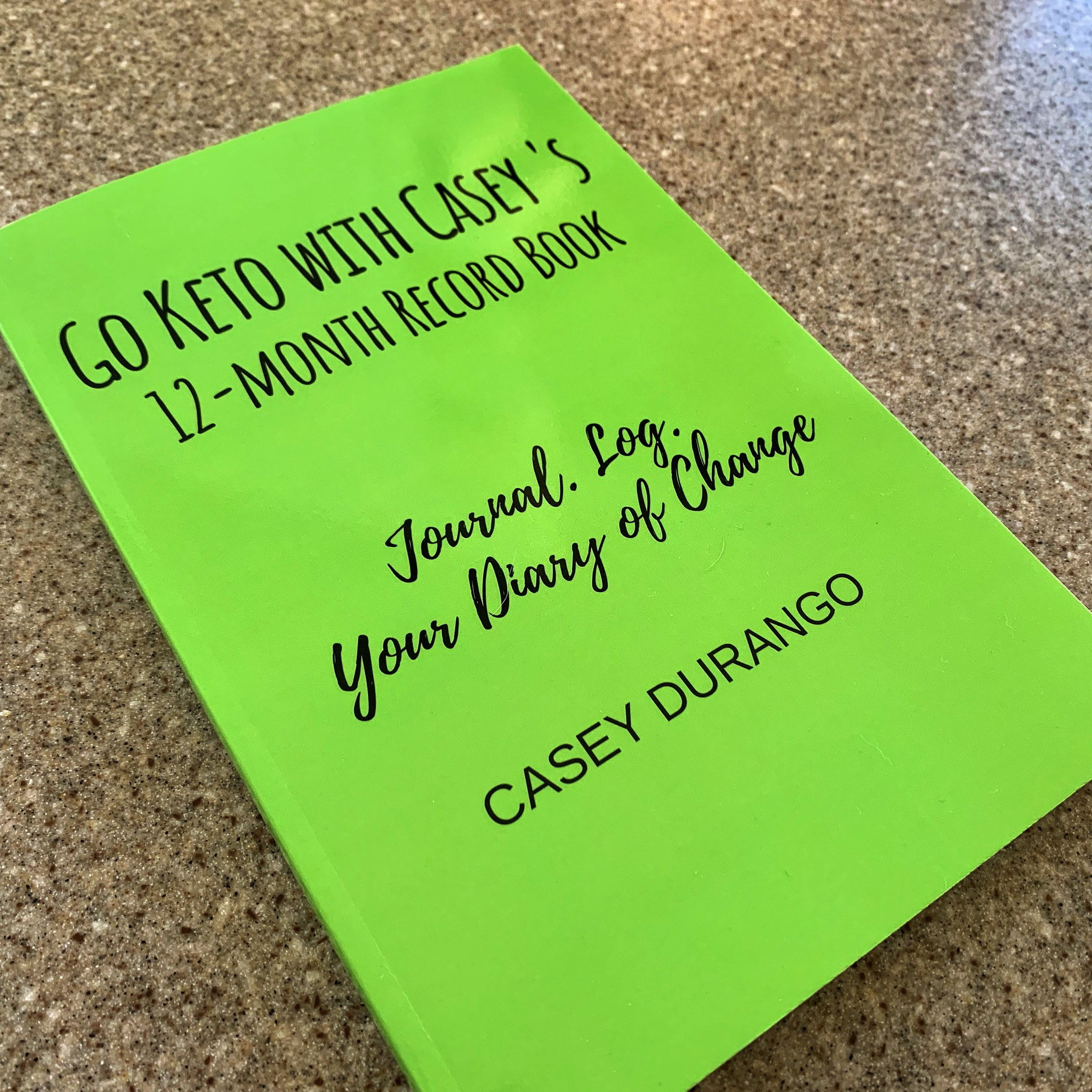Cravings, Keto, and my Cat
/Luna: she looks like a retired boxer. At 17+ years, she keeps on trucking. (She now eats homemade Keto food.
There are consistent questions and challenges posed by many people when they consider following the ketogenic protocol. And those same topics arise with folks who have been following the diet for some time. We have issues regarding food that can be so deeply ingrained, reinforced over years or decades that we can struggle to tease out what is real as opposed to that which we've been conditioned to believe. We grow to accept as gospel that meaningful change is nearly impossible for those of us who have strived to manage our weight, health, and general happiness, that weight loss after our twenties is too challenging to attempt—after 50? Fuggedaboutit!—and that we can't control cravings.
After all, they're cravings, right?
What a powerful and overused word.
"Craving" something can give us a mental get-out-of-jail card.
I know I shouldn't have eaten that, but the craving hit me hard!
We've all been there, pleading our case that whatever that morsel—or mountain—of food was, we were powerless against it.
A CRAVING, I tell you! It was brutal!
The thing is, we wouldn't accept having "a yen" for something as an excuse to indulge in unwise behavior in others. Imagine your life partner asking for a pass on stepping out on you because they really, really, craved the other person. [insert sound of a frying pan whomping someone's head]
Yet we tell ourselves that we struggle with, can't resist, are suckers for a craving. And there goes a doughnut down the gullet.
What to do about cravings? It's what not to do that matters. Don't feed it. That's where my cat comes in.
One November morning, I was in the kitchen making coffee. My Lovely Mate sat at the table, reading.
"Hey, look! There's a kitten at the door." I noticed her little head peering at me, her eyes barely clearing the bottom pane of glass in the 15-lite door.
"Don't you feed that cat," cautioned my husband.
There was little chance of that. We had long ago caught our limit of animals living in our house.
I went about my business, thinking the kitty would wander back from whence she came. A few minutes later, Mr. Cold Heart said, "Okay, she should have some water, but she can't come inside."
Again, I had already moved on from the subject. But I put a dish of water on the side porch, where the kitten had sat patiently since our eyes first met. Drink, drink, drink. I was already back inside when Hard-As-Nails Husband said that maybe it was too cold outside for such a tiny thing, and he reckoned we should let her in and feed her a bit.
After years of being indifferent to us, Luna now requires cuddling time with My Lovely Mate.
The next day I took her to get 'fixed' to prevent more strays from coming into the world and was told to keep her quiet for 24 hours. We could then release her on her stray way. We did.
That was over 17 years ago. We named the furry squatter Luna, and she lived in and around our side yard all this time. We put out food for her on the porch. We'd see her for a bit now and then. She'd nestle under our azaleas. She occasionally brought us little voles she had caught, leaving the tiny corpses on our welcome mat. In the last few months, she has moved inside. She's frail, nearly toothless, and has decided that sitting on her benefactor's lap, purring, beats being aloof.
Even with a sweet ending, the moral of the story remains: What do you about a craving? The same thing you do with a stray cat. Don't feed it.
Otherwise, it will keep coming back, and coming back, and coming back again.
Kittens grow into cats, and they can be pleasant additions to our lives. Cravings grow into poor eating habits. Those can become the opposite of nice additions. Waist circumference additions? Yes. Life improvements? Probably not.
The next time you think you must have some fries, a cookie—a family-size pizza—realize that a craving is not a life emergency. The craving will pass.
A cute kitten may not.
Disclaimer: I’m not a medical doctor, researcher, or Ph.D., but instead, I’ve been fortunate to have had the time and resources to research the ketogenic diet, also known as LCHF (low carb/high fat). The information I share is based solely on my understanding of that research. We are all responsible for our own choices, including what we put in our mouths, and there’s no substitute for each of us checking things out ourselves. And I’m not a medical professional in any way. Go Keto With Casey is not a medical site. “Duh,” you might say. But best to make it clear to all. I welcome questions, comments, and even civil criticism. I’m still learning. So, if you have something to add, go for it. Links in this post and all others may direct you to affiliate links, where I will receive a small amount of the purchase price of any items you buy through those links. Thanks!












